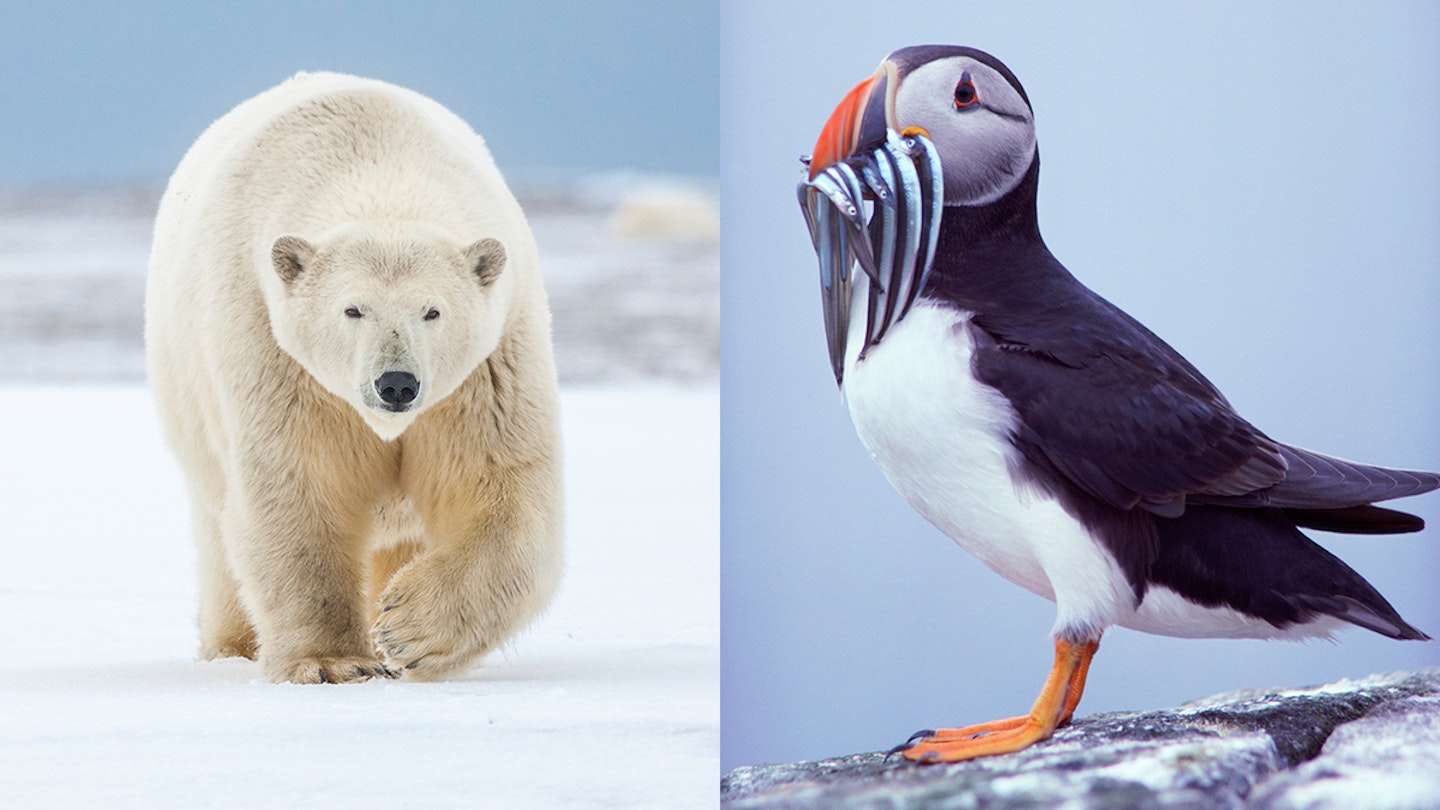Climate change is a term we regularly hear on a day to day basis, but have you ever stopped to really think about how rising temperatures are affecting many of our beautiful animals all over the world?
The number of animals affected by climate change is constantly increasing, as rising temperatures and extreme weather conditions are destroying their habitats and ecosystems, making it difficult, and sometimes unbearable, for some species to live and feed properly.
Luckily, there are brilliant animal conservation, such as the World Wildlife Fund (WWF) and people, such as Sir David Attenborough, who are trying to educate us more about climate change and the animals it affects, but by all of us making a conscious effort to reduce our carbon footprint we can help too.
Read more: Ways you can help the environment
Want to know exactly which of our animals are affected by climate change? Keep on reading.
What animals are affected by climate change?
Polar bear
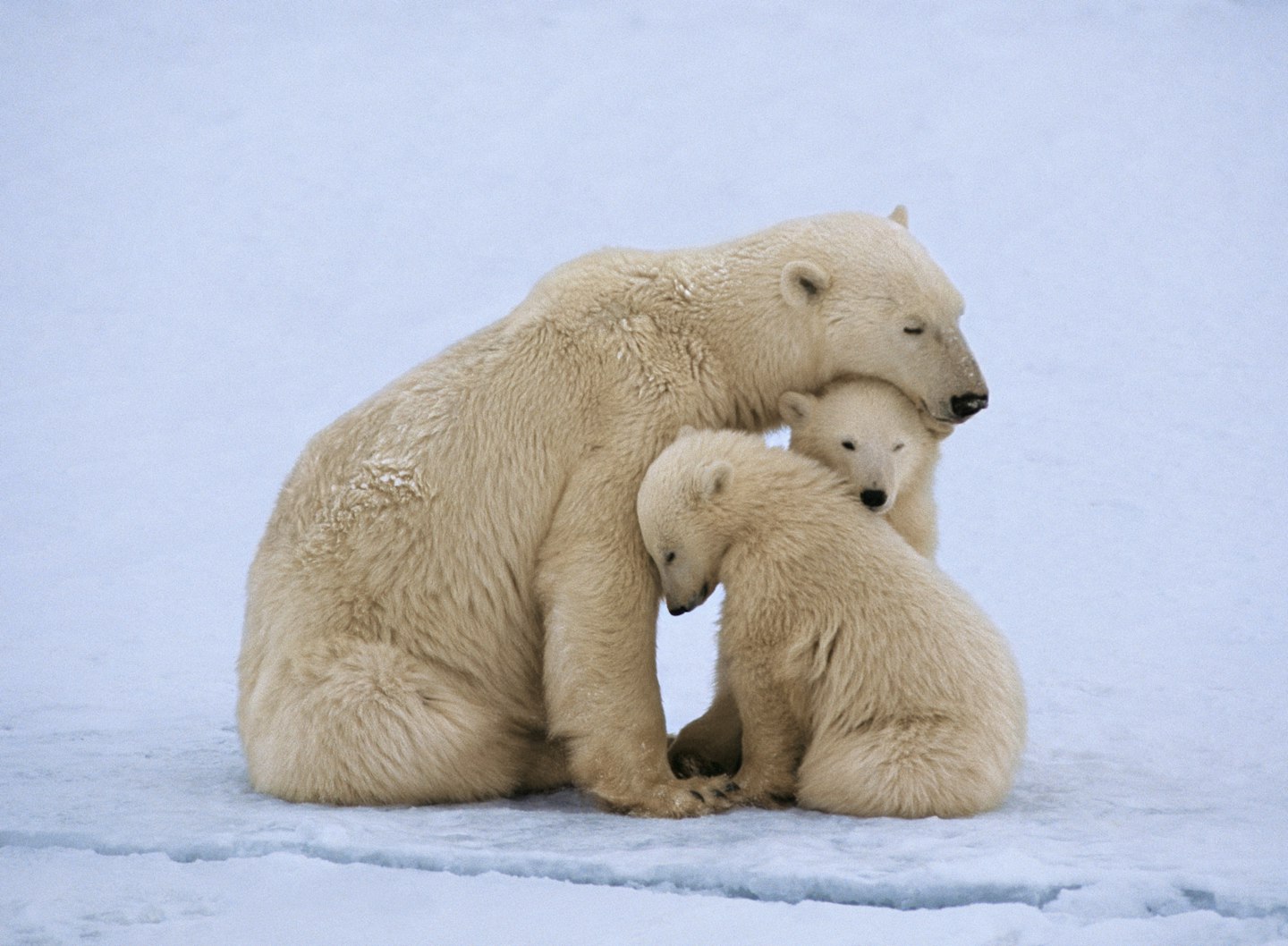
These beautiful, big pawed animals are the largest bear in the world and live in the Arctic, but sadly their home and hunting grounds on the ice are shrinking considerably due to the effects of climate change. As the world gets warmer and more sea ice melts, polar bears are left with less areas to hunt on, mate on and live. It’s predicted we could lose 30% of the world’s polar bears by 2050.
Cod
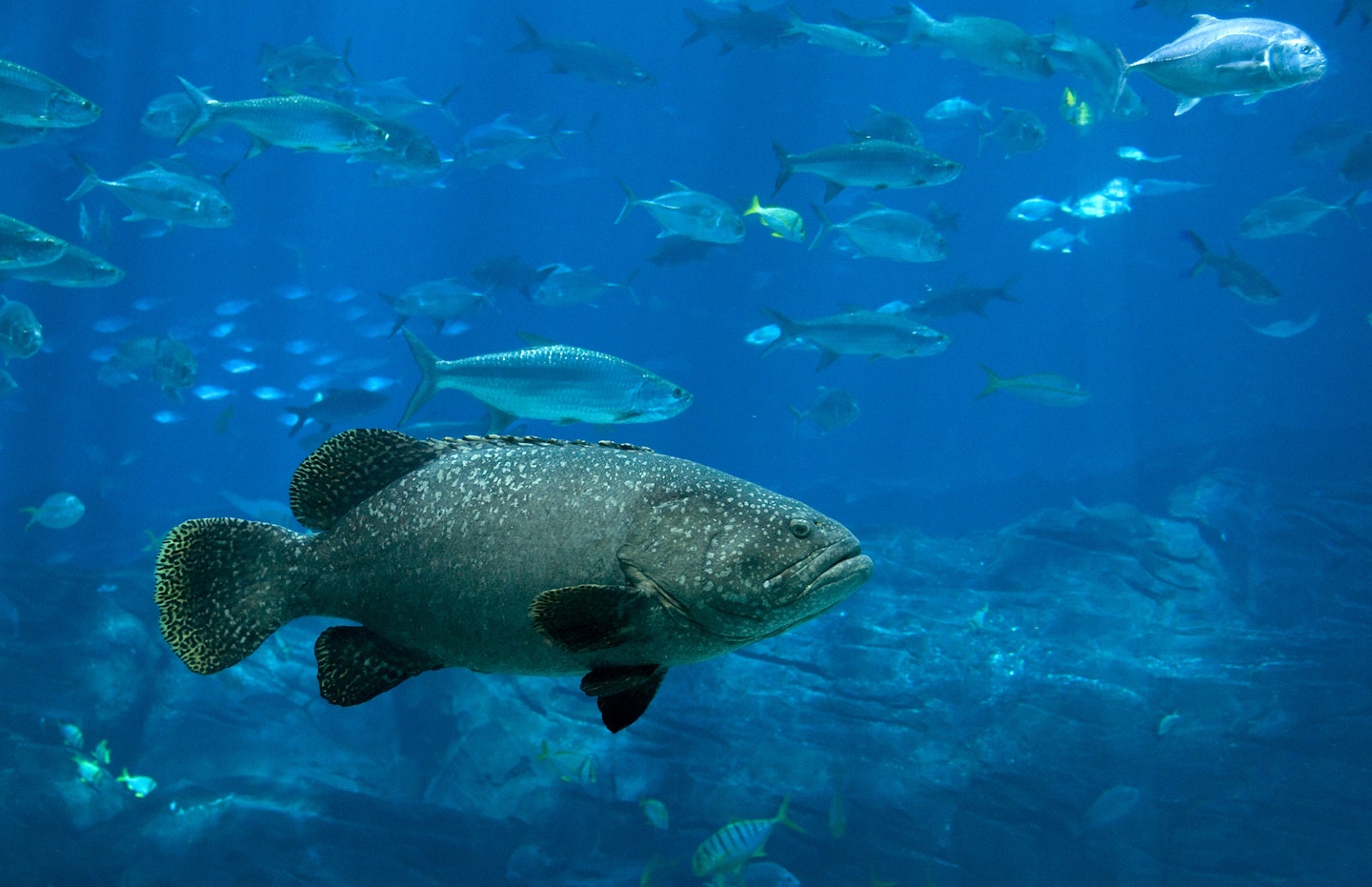
Cod already face a huge threat due to overfishing, but global warming is only making their situation worse. These fish thrive in deep, cold waters but as seas continue to get warmer, the number of cod in the ocean has been declining, which could eventually lead to local extinctions.
Leatherback turtle

Leatherback turtles are the largest sea turtle species which have been classified as ‘critically endangered’ by the International Union for Conservation of Nature. They occasionally come to the UK to feed on jellyfish, before returning to tropical waters to lay their eggs. But the affects of climate change, such as rising sea levels and an increase in storms, is threatening where they lay their eggs, and rising sand temperatures are affecting the sex ratio of their hatchlings.
White-beaked dolphin
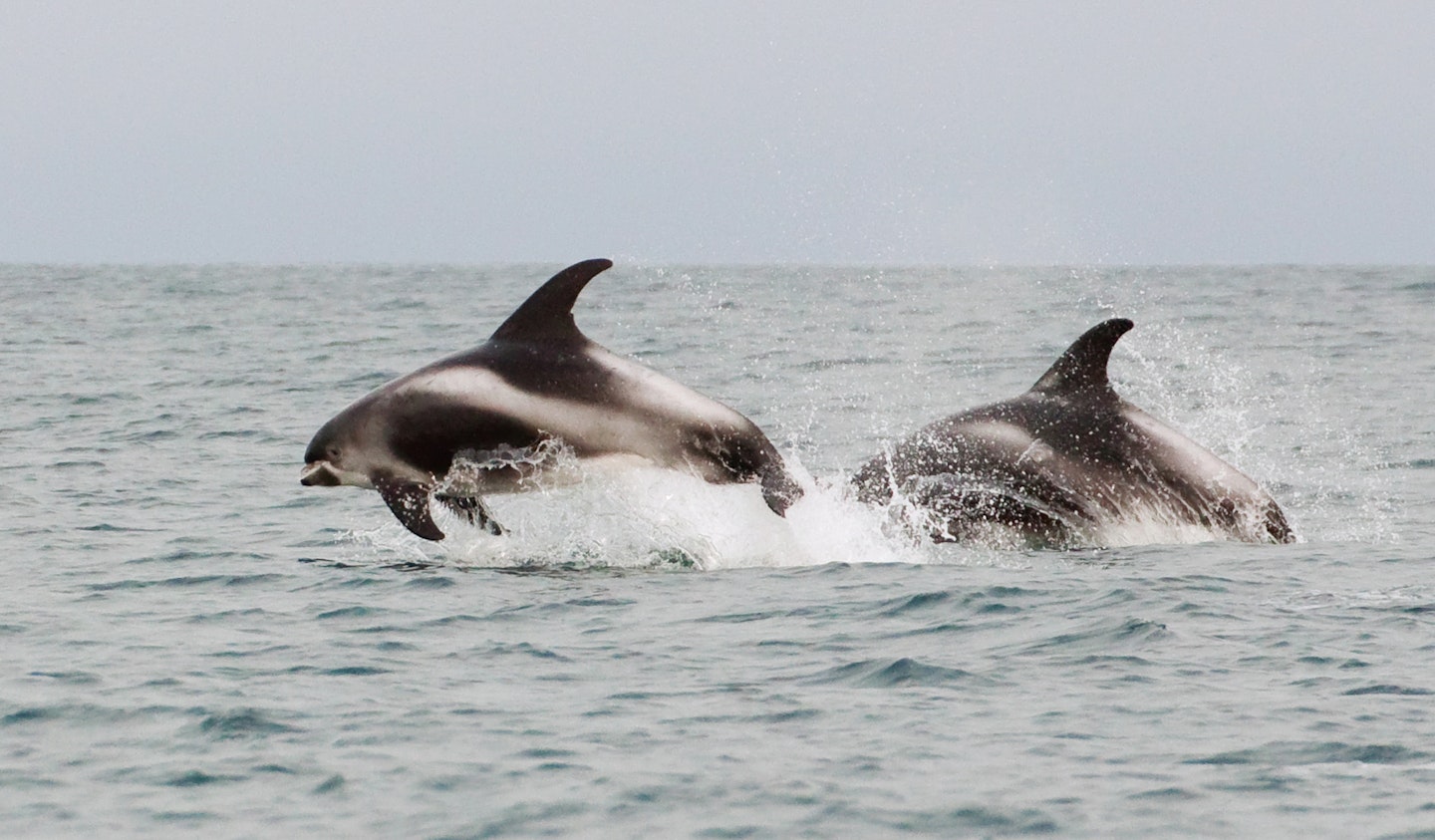
This sea mammal lives and thrives in cold waters, with an estimated 80% of them living right here in UK and Scottish waters. As our seas become warmer these dolphins are being pushed out of their homes further north to try and survive and it’s even predicted that Scotland could lose their white-beaked dolphin population, as their waters are already on the edge of the dolphins range.
Snow leopard
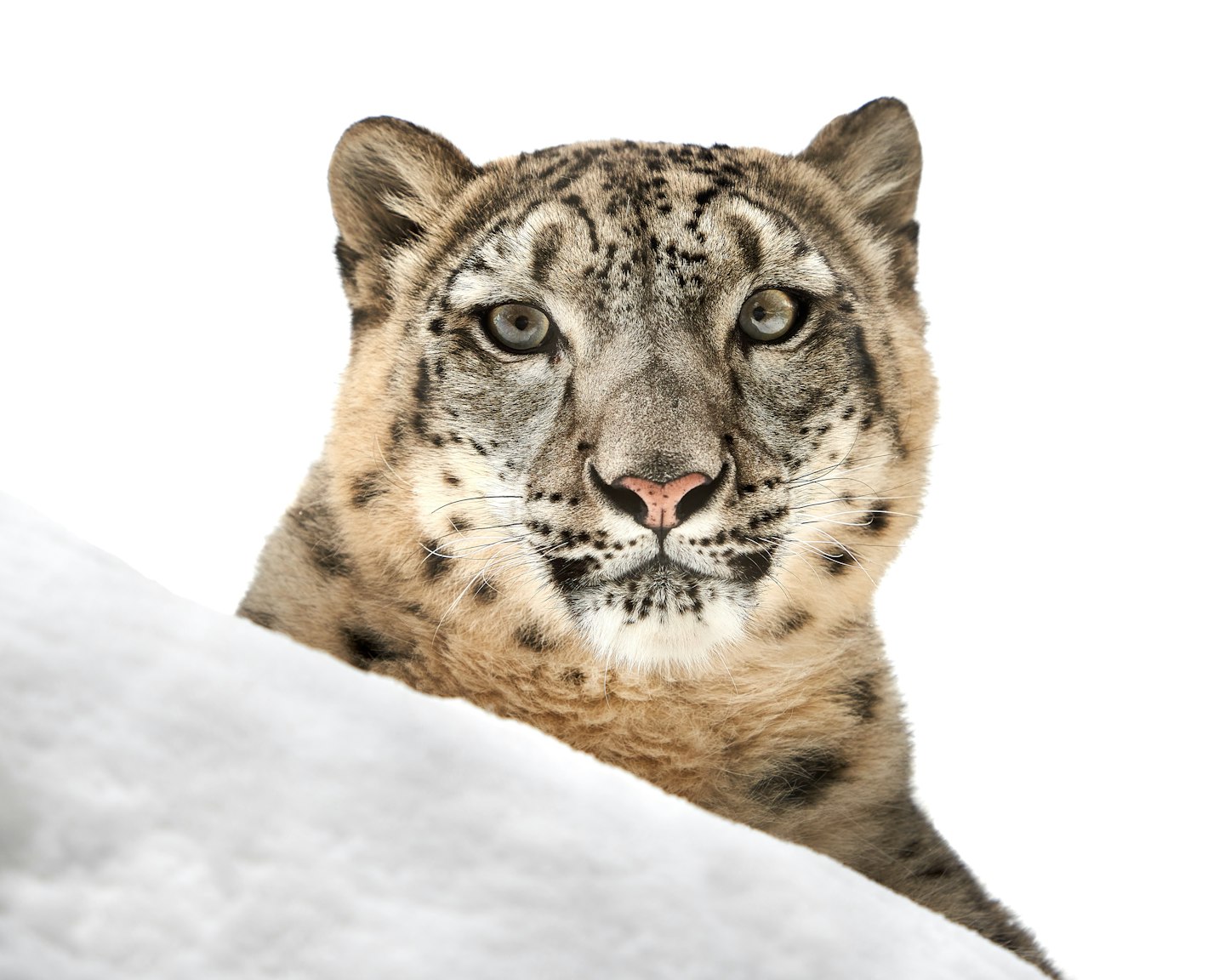
Labelled as ‘vulnerable’ by the International Union for Conservation of Nature, it’s estimated that there’s less than 7,000 of these solitary cats left in the wild. They live in Asia’s northern and central mountains and already face numerous threats, such as hunting and human-wildlife conflict, but continued climate change could lead to a loss of up to 30% snow leopards habitat in the Himalyas alone.
Atlantic puffin
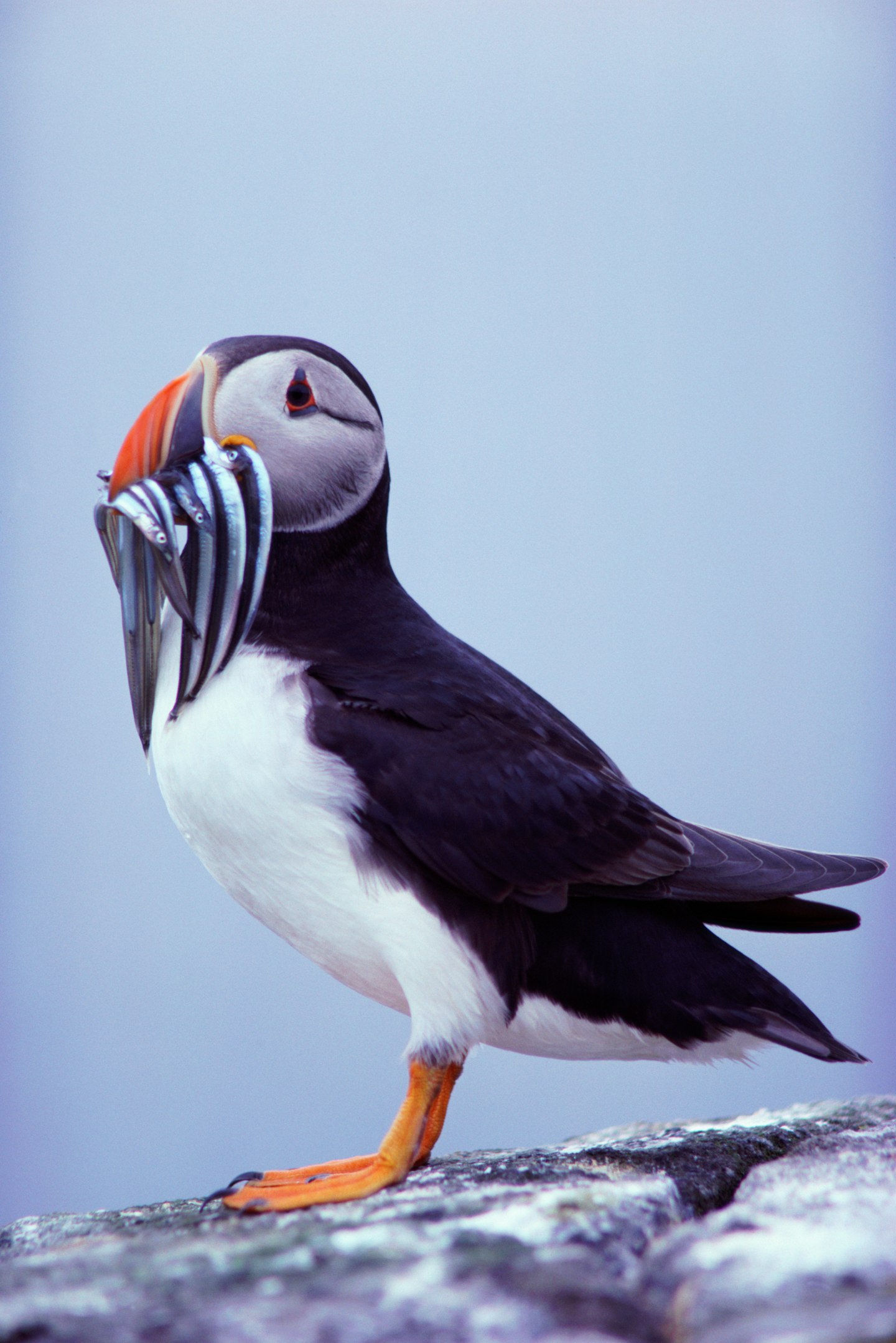
These colourful, cheeky looking birds are regular visitors to British shores, as they holiday here to breed, before heading back north for the winter. The effects of climate change are making survival for puffins more difficult, especially as the fish they feed on are moving due to the warmer waters. It’s causing many puffins to starve to death, which led to the death of 9,000 puffins in Alaska back in 2019.
Bees
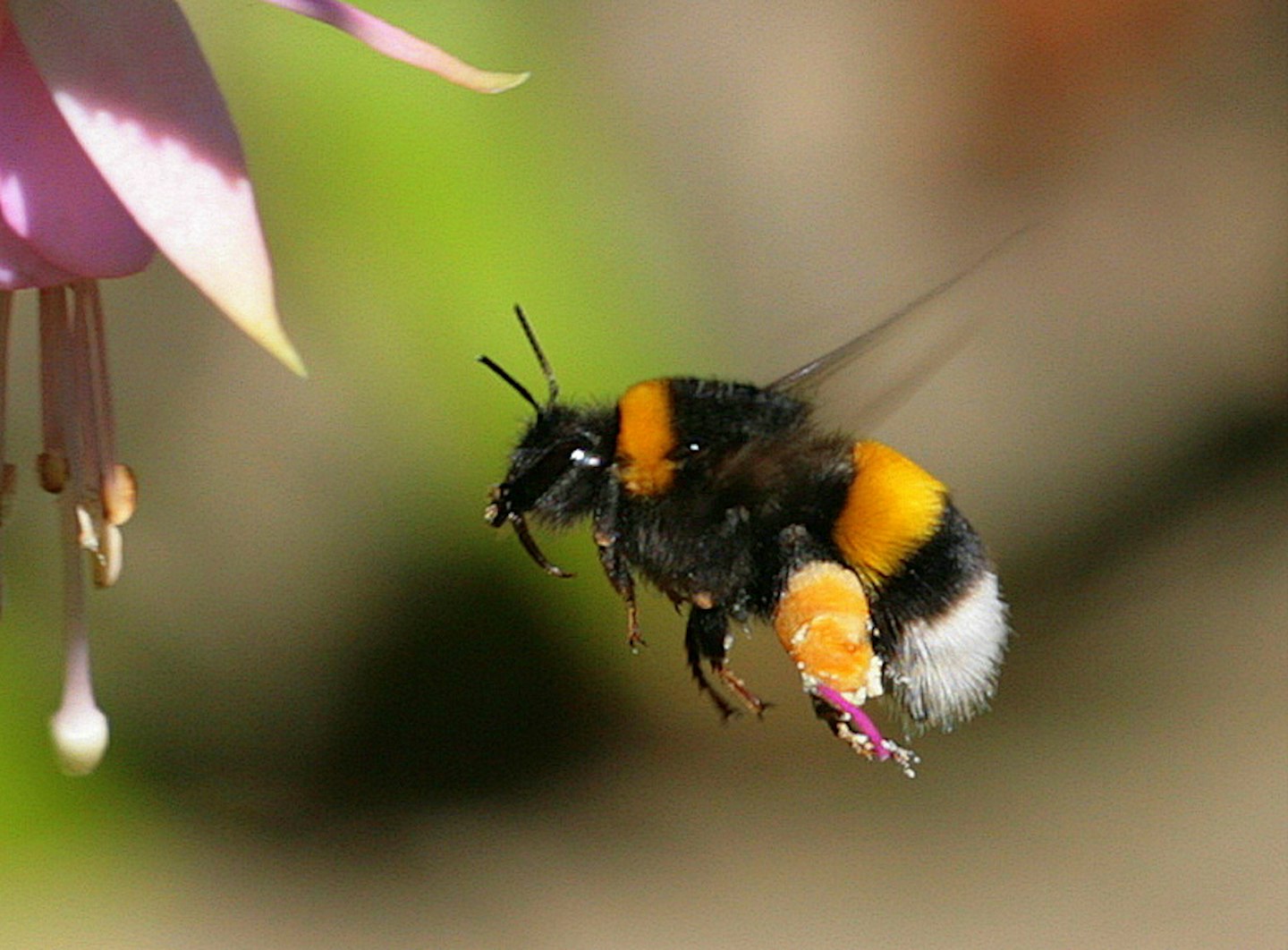
You may have seen quite a few bees in your garden but don’t be fooled, as these little furry insects are under threat. Climate change has been causing chaos for different seasons, making it more difficult for our beloved bees to nest and feed. They're also the primary pollinators for crops in the UK, so they’re vital for our food systems, therefore without them we’re in a bit of a pickle.
Atlantic salmon
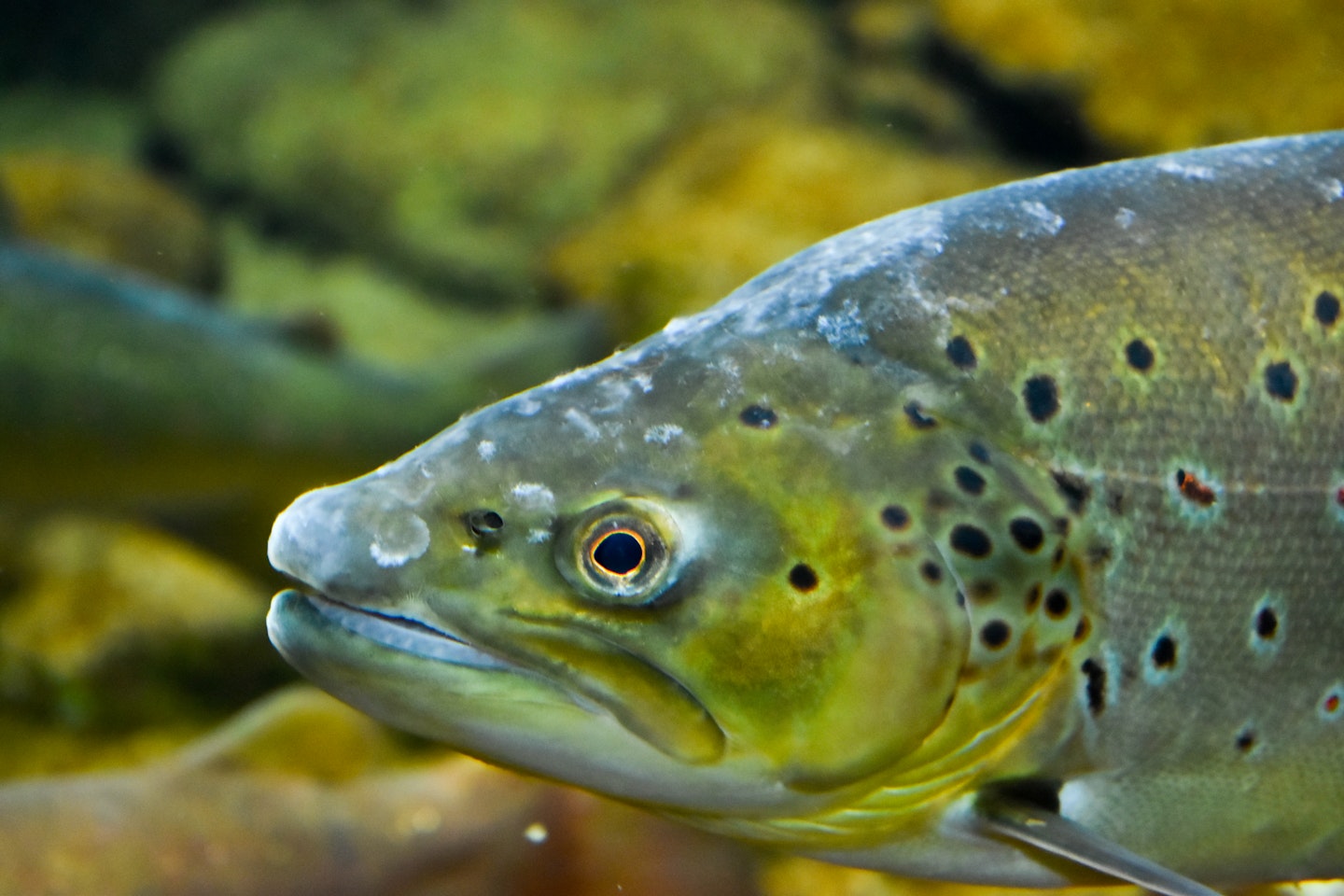
Atlantic salmon spend most of their time in the Atlantic, but similar to their friend, the cod, they pay a visit to Scotland's freshwaters, which is where they like to breed, however, climate change and warming waters warming is affecting this and reducing their presence.
Tiger
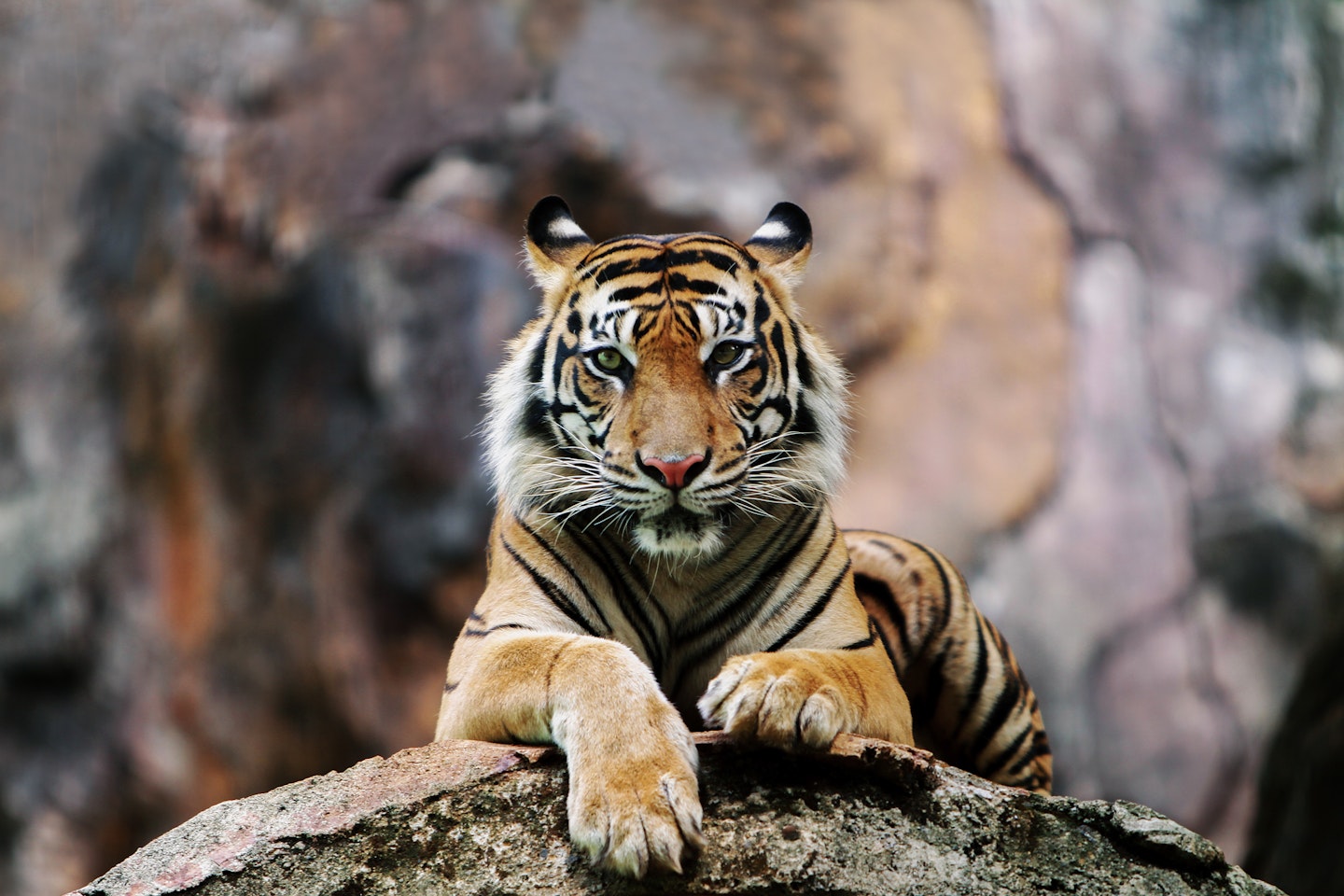
Did you know in the past century 97% of the world’s tiger population has vanished and now less than 4,000 remain in the wild? While this is largely due to deforestation and poaching, climate change is also putting these cats at further risk of declining, as rising sea levels are shrinking bengal tiger’s coastal habitats.
How are animals affected by climate change?
Climate change and global warming affects animals in many ways. Rising sea levels, melting glaciers, droughts, storms and heat waves are destroying their homes, which then makes it increasingly difficult for animals to breed, hunt and survive in general - it’s the circle of life. A shift in seasons also makes it difficult for animals to survive, causing them to leave their habitat and try and find a new one, increasing their contact with humans, which can have detrimental consequences.
Animals already extinct by climate change
Golden toad
This bright orangey golden toad was the first species to become extinct as a result of climate change and was officially declared extinct by the International Union for Conservation of Nature in 2004. It homed in the Monteverde Cloud Forest in Costa Rica.
Read more: The endangered animals at risk of extinction
Bramble Cay melomys
In 2016 the Bramble Cay melomys, a type of little brown rat that lived off a single Australian island near the coast of Papua New Guinea, was also declared extinct by the Australian government due to the effects of climate change.
Popular articles to read next
The best David Attenborough books to learn more about nature
